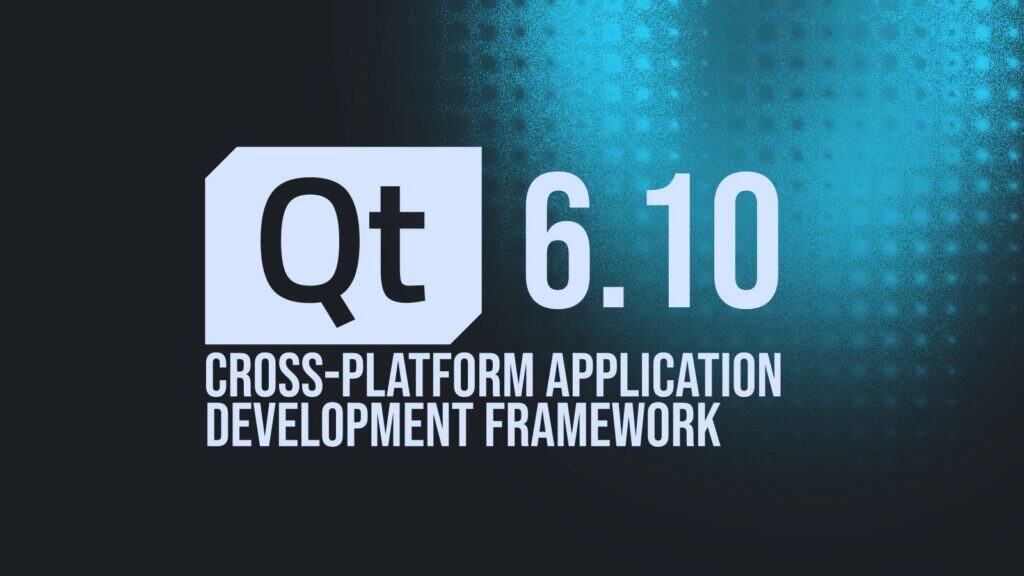Qt, a cross-platform software development framework widely used for designing and deploying graphical user interfaces (and the backbone of the widely adopted KDE desktop environment), has just released its latest version, 6.10.
One of the most notable additions is the new Flexbox Layout system for Qt Quick. Inspired by CSS’s flexible box layout, it allows developers to design responsive interfaces that adapt smoothly to different screen sizes and aspect ratios.
Though currently in tech preview, FlexboxLayout integrates seamlessly with existing Qt Quick concepts and is designed to reduce custom layout code while improving runtime performance.
Another key update is expanded support for animated vector graphics. Qt 6.10 now supports animations in both SVG and Lottie formats, enabling scalable, hardware-accelerated vector rendering directly in the Qt Quick scene graph.
The new SearchField control also joins Qt Quick Controls. Designed for search functionality, it automatically adopts a native look and feel across all major platforms, supporting data suggestions and model integration with minimal setup.
Qt 6.10 also introduces new tools to make data exchange between C++ and QML easier. The new QRangeModel class allows developers to expose standard C++ containers like std::vector or std::array directly to Qt views without boilerplate model code. Combined with the new delegateModelAccess and Synchronizer elements, building two-way bindings between backend logic and frontend interfaces becomes more intuitive and less error-prone.
For developers who prefer working purely in QML, the new TreeModel type enables the declaration of hierarchical data directly in QML using a familiar JSON-like syntax. Alongside it, the SortFilterProxyModel brings declarative sorting and filtering capabilities natively to QML, closing a long-standing feature gap between C++ and QML data handling.
Regarding accessibility, applications built with Qt 6.10 now automatically align with high-contrast system settings on both desktop and mobile platforms, improving visual clarity and ensuring consistency with operating system themes. Qt Widgets and Qt Quick Controls have also been refined to better integrate with assistive technologies such as screen readers.
On the platform side, Qt 6.10 extends official support to Android 15 and 16, introduces WebView2 integration on Windows, and lists macOS 26 “Tahoe” as a fully supported platform. Developers targeting Linux will also benefit from a PipeWire backend in Qt Multimedia, offering better latency, smoother playback, and improved handling for containerized applications.
Lastly, the Boot to Qt environment now supports Yocto 5.2 “Walnascar” and adds compatibility for several new Ezurio Nitrogen boards. Qt Quick 3D also gains lightmap baking, reverse particle effects, and performance improvements for 3D scenes, while Qt Graphs introduces a new filled surface type and enhanced multi-axis support.
For more information, see the announcement.
